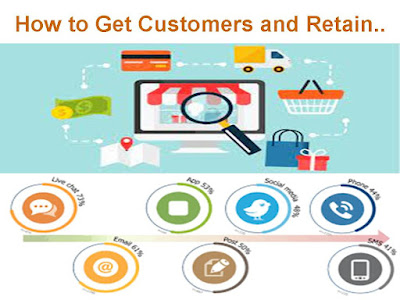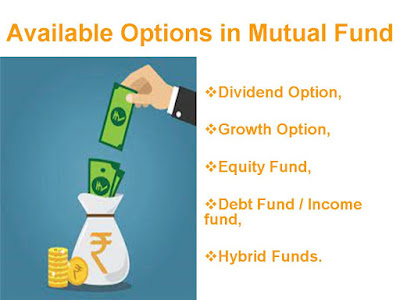Follow Customer
Keeping in regular touch with the customer is another subtle way of being on top of the mind of customers. This may be done by
- A newsletter that provides the latest industry information. The frequency of the newsletter should be adjusted carefully. A very frequent newsletter becomes a nuisance and an infrequent newsletter may not have the desired effect.
- A Web site update that gives information on new services, goods, schemes, etc., that a regular customer may be interested in.
- Keeping the customer informed about any product updates, expiry of warranty, offer of maintenance services, discounts on purchases, etc.
Promoting a web site, building trust and loyalty are actually quite simple if the underlying theme of understanding the customers, fulfilling his needs and seeing things from his perspective is met.
Building Trust
Website Promotion are ways and means to take a surfer to the company site. It is time to see the factors that contribute to the main purchase by the surfer.
Impression of Website
The situation on the net is very similar. The first time the surfer comes to a site, he draws an impression of the site, which is best described as its character. This may include Characteristics like Honest, Sincere, Fair, Transparent, Communicative, Responsive, Capable, Responsible, Business-like and so on. This impression is compared with a prior image of the website. As you navigate through the web site you firm up your impression and if you trust the web site to deliver what it promises.
The factors that contribute to building trust have been extensively researched. They are
- Branding,
- Navigation,
- Fulfilment,
- Presentation,
- Logos of Security,
- Up-to-date Technology.
Building Loyalty
Personalisation and Customisation of services can make a lot of difference to customer loyalty. Once a customer registers at a web site, he is likely to come back to it. If the customer is provided access to a personal area on the web site through a login and password, he is likely to revisit the website. A Suffer is more likely to the loyal to an electronic newspaper that lets him customize the newspaper than another standardized newspaper.


